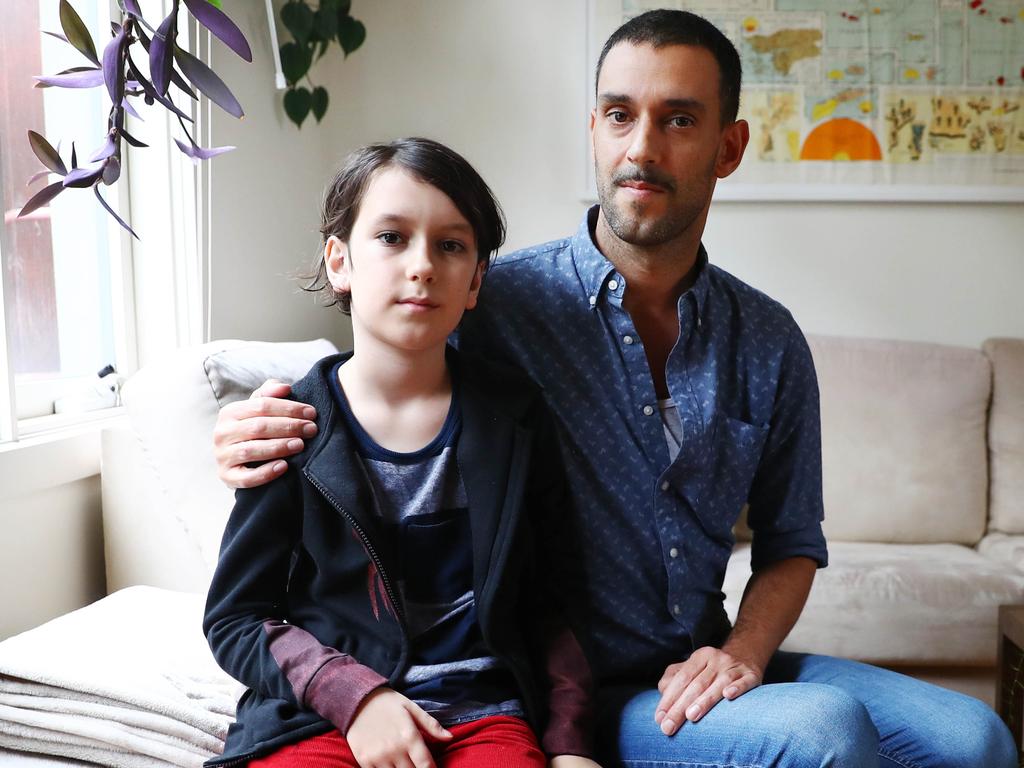Public servants ‘should have legal duty to assist the homeless’
Hospitals, mental health units and drug and alcohol support services should be compelled to prevent people being released without a place to live, the homeless peak body says.

Hospitals, mental health units and drug and alcohol support services should be compelled to prevent people being released without having a place to live, while all public officials working in welfare services should be under a legal “duty to assist” those at risk of homelessness.
And low income earners should become eligible for Commonwealth Rent Assistance as the rental crisis bites, even if they are not on any income support, the nation’s peak homelessness body says.
In its submission to the federal government’s National Housing and Homelessness Plan, Homelessness Australia says government policy should be reoriented to preventing homelessness rather than managing it. This would include building 50,000 additional social and affordable homes a year.
The 2021 Census reported 122,000 Australians as being homeless, but Homelessness Australia chief executive Kate Colvin said current difficult economic conditions and a chronic housing shortage were driving more people to seek help.
“The sad reality is that 72,000 people were turned away from homelessness services in 2021-22 alone,” Ms Colvin said. “This is a reflection of real human suffering and trauma. It is intensifying daily.

“We must pivot to preventing people from becoming homeless in the first place. The duty to assist someone at risk of homelessness must be woven through the fabric of all government services. Nobody should exit a government service into homelessness,” Ms Colvin said.
The submission says growing numbers of older people are accessing homelessness services, but women and children still make up three in four users of these services, with around half of them having experienced family or domestic violence.
The submission proposes a new “duty to assist”, already in place in other nations such as Wales and Scotland where public officials have a responsibility to identify and support those who are homeless or at risk of homelessness.

“The National Housing and Homeless Plan needs to introduce a duty to assist, backed by legislation. This would create a requirement for public services to ask about someone‘s housing situation, provide timely support to prevent homelessness (such as measures to maintain housing), and make appropriate referrals.
The submission also calls for the proposed plan to arrest the stream of people bouncing between homelessness and prison, hospitals, mental health or drug and alcohol service by implementing a “no exits” into homelessness policy.
It cites the NSW government’s Mental Health In-Reach Service which provides people with case coordination and support to maintain long-term accommodation as a promising example of what can be done nationally.
More broadly, the submission notes that housing stress, including affordability and financial issues, was the fastest growing cause of homelessness.
“Commonwealth Rent Assistance simply hasn’t kept up with the reality of a white hot rental market. Eligibility for it must be expanded beyond those who receive income support,” Ms Colvin said.
This could immediately halve rental stress, she said.
The submission says by 2041 almost a million households will not be having their housing needs met, up from 640,000 now. It proposes a pipeline of 50,000 social and affordable homes annually and enhanced support for housing costs.
It urges governments to adopt meaningful targets, including halving the number of low income households experiencing rental stress by 2028 and ending rental stress by 2033, with similar numbers for women and children fleeing violence and Aboriginal and Torres Strait Islander peoples.







